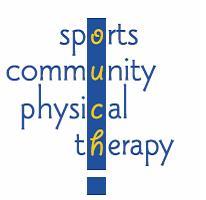Fear-avoidance beliefs (FABs) is a fairly new concept. But it's one that researchers have validated as real and potentially harmful. FAB is the notion that activity and/or movement is going to cause more pain and reinjury in someone with low back pain (LBP). Studies are being done to see if this same idea applies to neck pain as well.
Fear-avoidance beliefs (FABs) is a fairly new concept. But it's one that researchers have validated as real and potentially harmful. FAB is the notion that activity and/or movement is going to cause more pain and reinjury in someone with low back pain (LBP). Studies are being done to see if this same idea applies to neck pain as well.
For now, we know that some people interpret their back pain as a signal that they should stop moving in order to avoid more pain. But in fact, motion is lotion. Movement, activity, and exercise actually seem to be the best way to avoid seeing an acute problem become a chronic disability.
Awareness of FABs is the first step in the right direction. Patient education is a key tool in the prevention of chronic pain. Patients can be taught ways to modify their fear-avoidance beliefs. Your doctor has already begun this process. Ask him or her for more information.
Guidelines for the management of LBP have been developed by national health care organizations. This type of information can get you started. Physical therapists are also trained to help patients recognize FABs. They can assess your level of FABs at work and during physical activity. By observing your movements patterns, the therapist helps train you to change the way you think and move.
Emmanuel Coudeyre, MD, et al. Fear-Avoidance Beliefs About Back Pain in Patients with Acute LBP. In The Clinical Journal of Pain. October 2007. Vol. 23. No. 8. Pp. 720-725.










